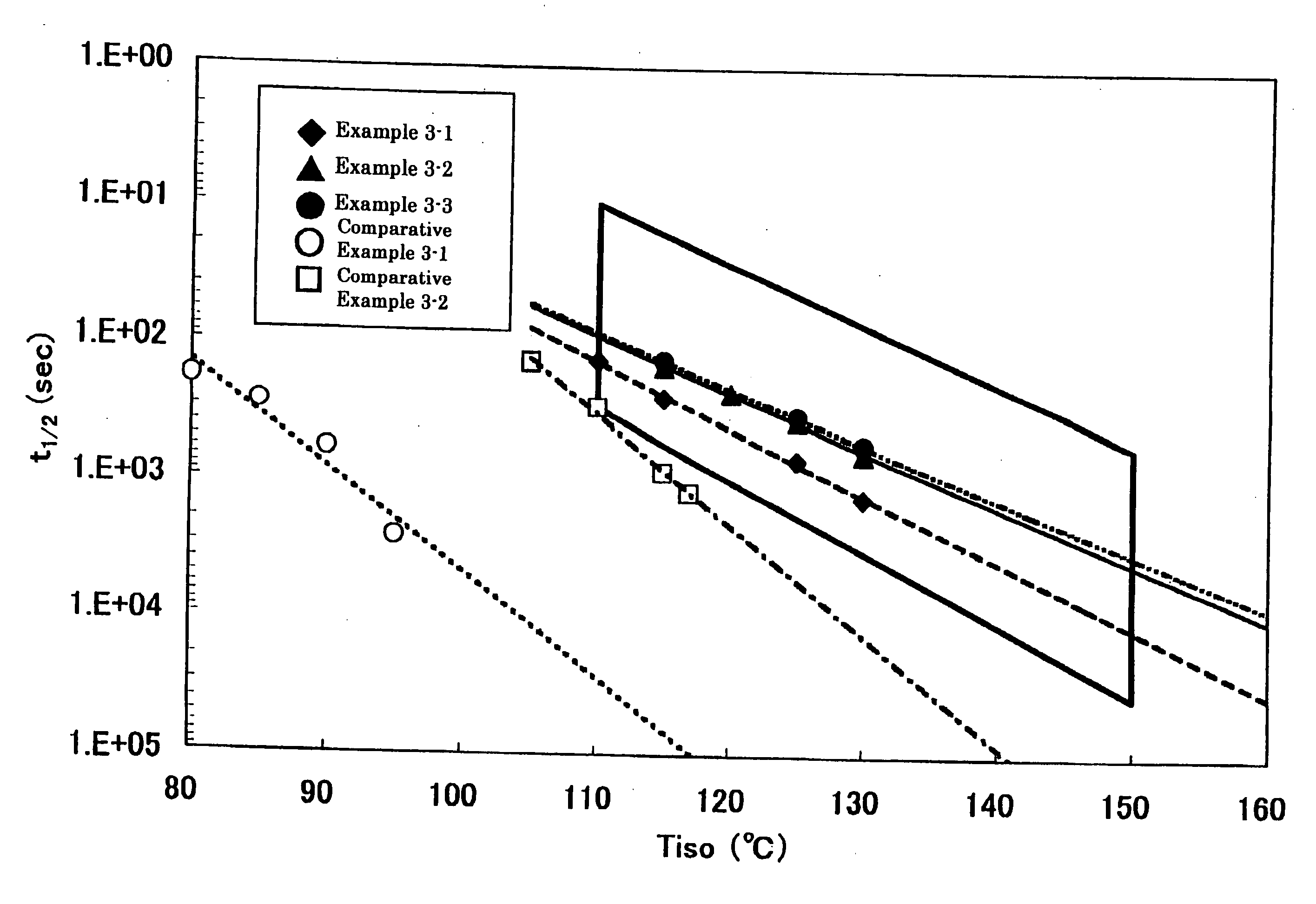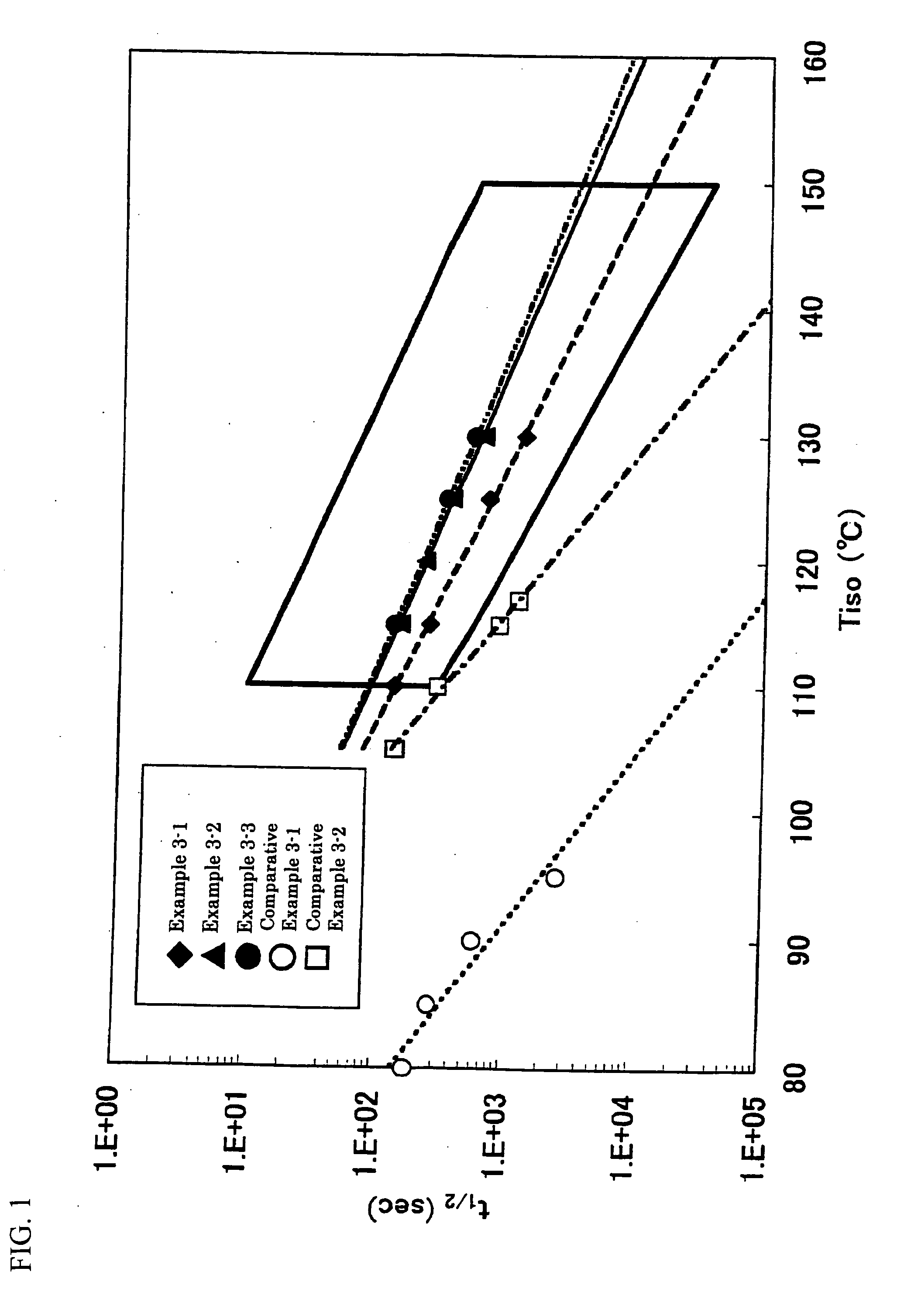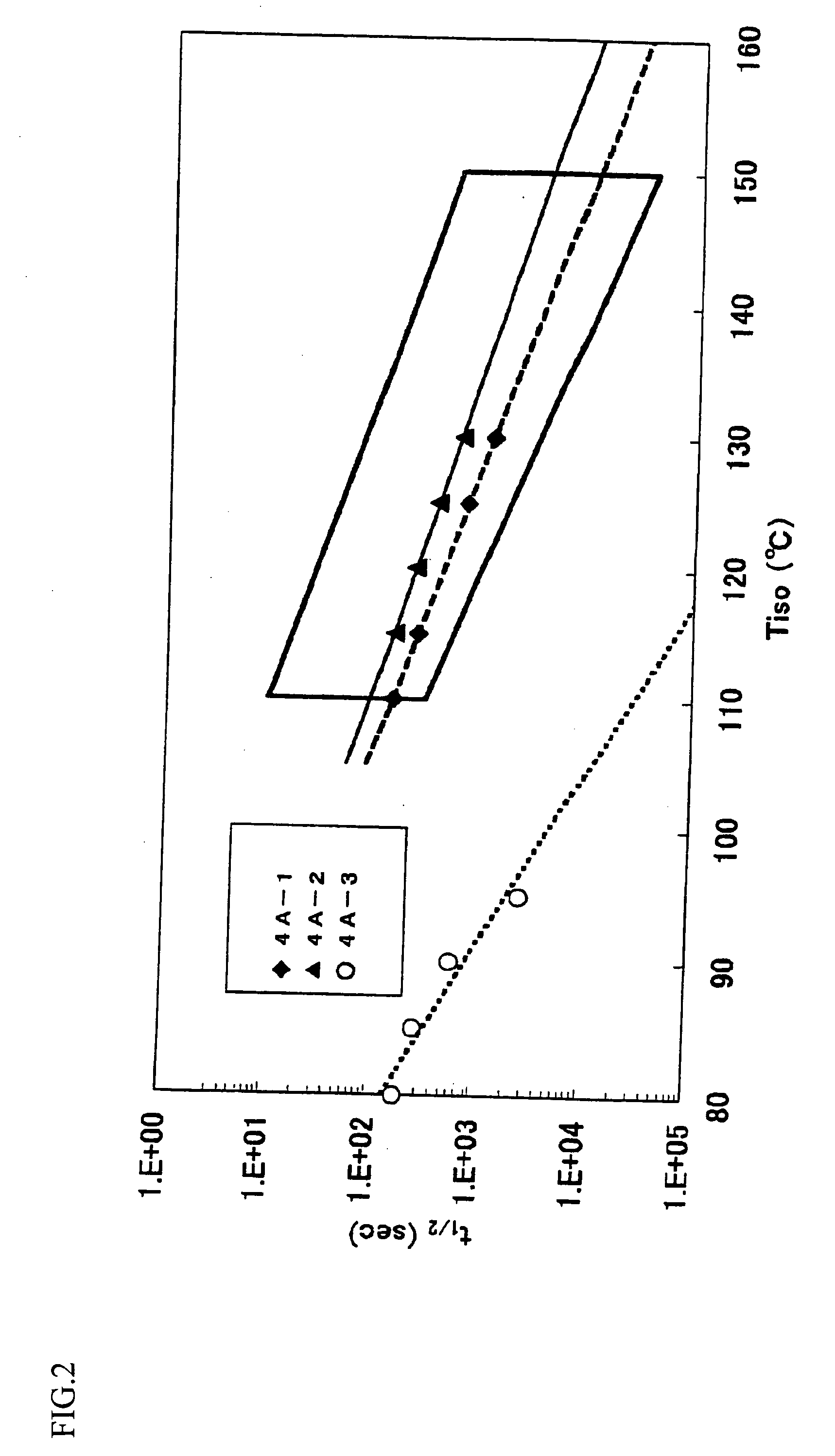Catalyst for olefin polymerization, method for producing olefin polymer, method for producing propylene-based copolymer, propylene polymer, propylene-based polymer composition, and use of those
a technology of olefin polymer and catalyst, which is applied in the direction of synthetic resin layered products, rigid containers, packaging, etc., can solve the problems of insufficient polymerization performance of these metallocene compounds, inability to obtain polymers having high molecular weight, and many inconveniences during production, etc., to achieve high melting point, good activity, and high molecular weight
- Summary
- Abstract
- Description
- Claims
- Application Information
AI Technical Summary
Benefits of technology
Problems solved by technology
Method used
Image
Examples
examples
[1520]Hereinafter, the present inventions (1) to (7) will be described in more detail with reference to [Example I] to [Example VII], respectively.
example i
[1521]Hereinafter, the present invention (1) will be described in more detail based on Synthesis Examples and Examples, but the present invention is not intended to be limited to these Examples. The methods described in the following patent documents were used for synthesizing dibenzylmethylene(cyclopentadienyl)(3,6-ditert-butylfluorenyl)zirconium dichloride, cyclohexylidene(cyclopentadienyl)(octamethyloctahydrodibenzofluorenyl)zirconium dichloride, cyclohexylidene(cyclopentadienyl)(octamethyloctahydrodibenzofluorenyl)zirconium dichloride, dimethylmethylene(cyclopentadienyl)(3,6-ditert-butylfluorenyl)zirconium dichloride, dibenzylmethylene(cyclopentadienyl)(octamethyloctahydrodibenzofluorenyl)zirconium dichloride, and diphenylmethylene(cyclopentadienyl)(octamethyloctahydrodibenzofluorenyl)zirconium dichloride.
[1522]JP-A No. 2000-212194,
[1523]JP-A No. 2004-168744,
[1524]JP-A No. 2004-189666.
[1525]The structures of the compounds obtained in Synthesis Examples were determined using 270 ...
synthesis example 1-1
Synthesis of dibenzylmethylene(cyclopentadienyl)(2,7-diphenyl-3,6-ditert-butylfluorenyl)zirconium dichloride
(i) Synthesis of 2,7-dibromo-3,6-ditert-butylfluorene
[1526]Under a nitrogen atmosphere, a 300-mL three-necked flask was charged with 15.22 g (54.7 mmol) of 3,6-ditert-butylfluorene synthesized according to the method described in Bull. Chem. Soc. Jpn., 59, 97 (1986) and 170 mL of propylene carbonate, and the mixture was stirred. To this solution, 20.52 g (115 mmol) of N-bromosuccinimide was added, and the mixture was heated and stirred at 80° C. for 5 hours. Subsequently, the mixture was left to be naturally cooled. The reaction solution was added to 800 mL of water, and the mixture was stirred at room temperature for 15 minutes. Then, solids precipitated were separated by filtration. The solids obtained were washed 5 times with 10 mL of ethanol. Subsequently, a mixture solution of n-hexane and a small amount of dichloromethane was added to the solids, and the mixture was heat...
PUM
| Property | Measurement | Unit |
|---|---|---|
| Temperature | aaaaa | aaaaa |
| Temperature | aaaaa | aaaaa |
| Temperature | aaaaa | aaaaa |
Abstract
Description
Claims
Application Information
 Login to View More
Login to View More - R&D
- Intellectual Property
- Life Sciences
- Materials
- Tech Scout
- Unparalleled Data Quality
- Higher Quality Content
- 60% Fewer Hallucinations
Browse by: Latest US Patents, China's latest patents, Technical Efficacy Thesaurus, Application Domain, Technology Topic, Popular Technical Reports.
© 2025 PatSnap. All rights reserved.Legal|Privacy policy|Modern Slavery Act Transparency Statement|Sitemap|About US| Contact US: help@patsnap.com



